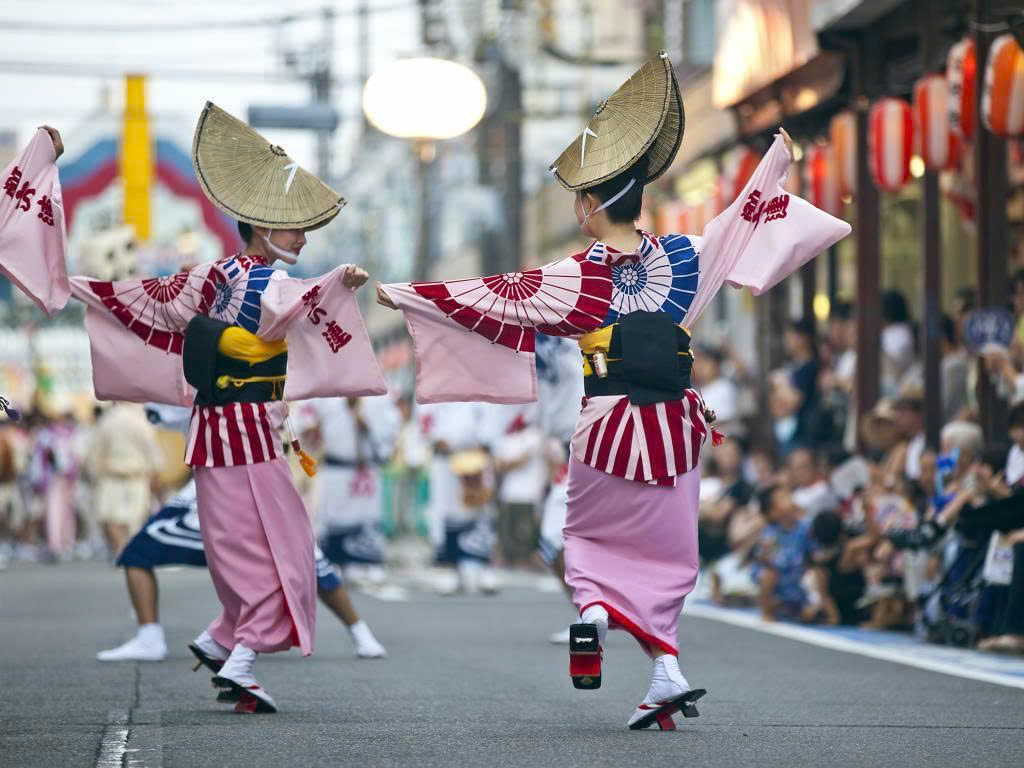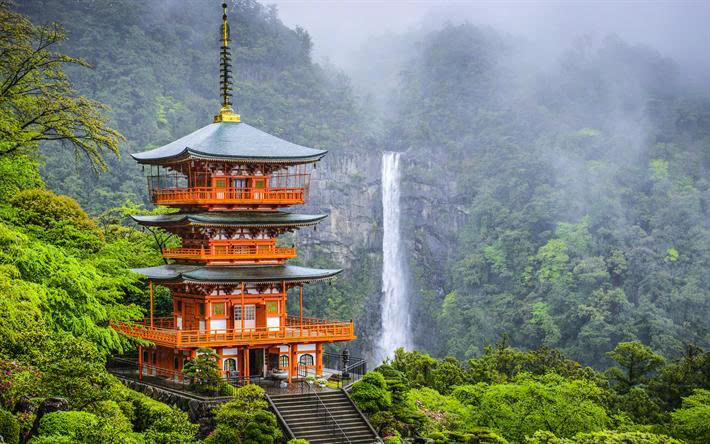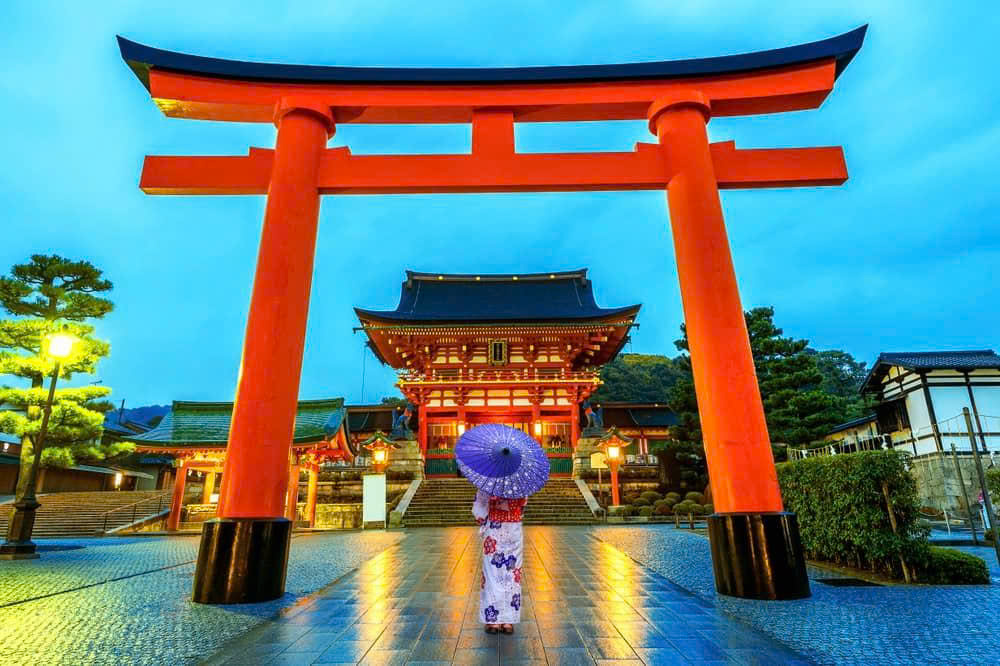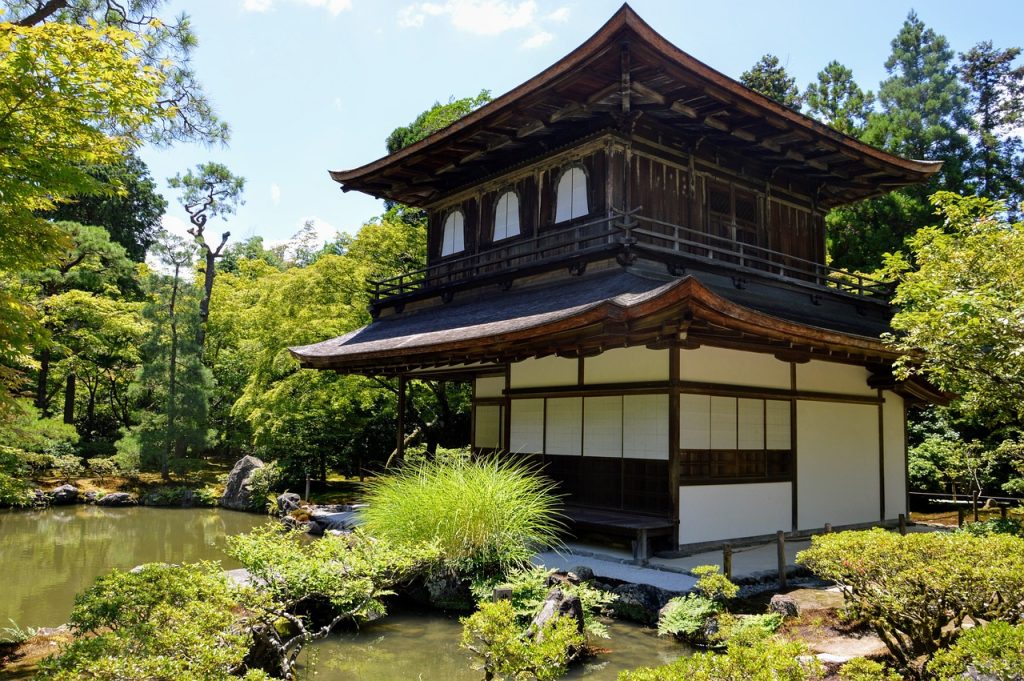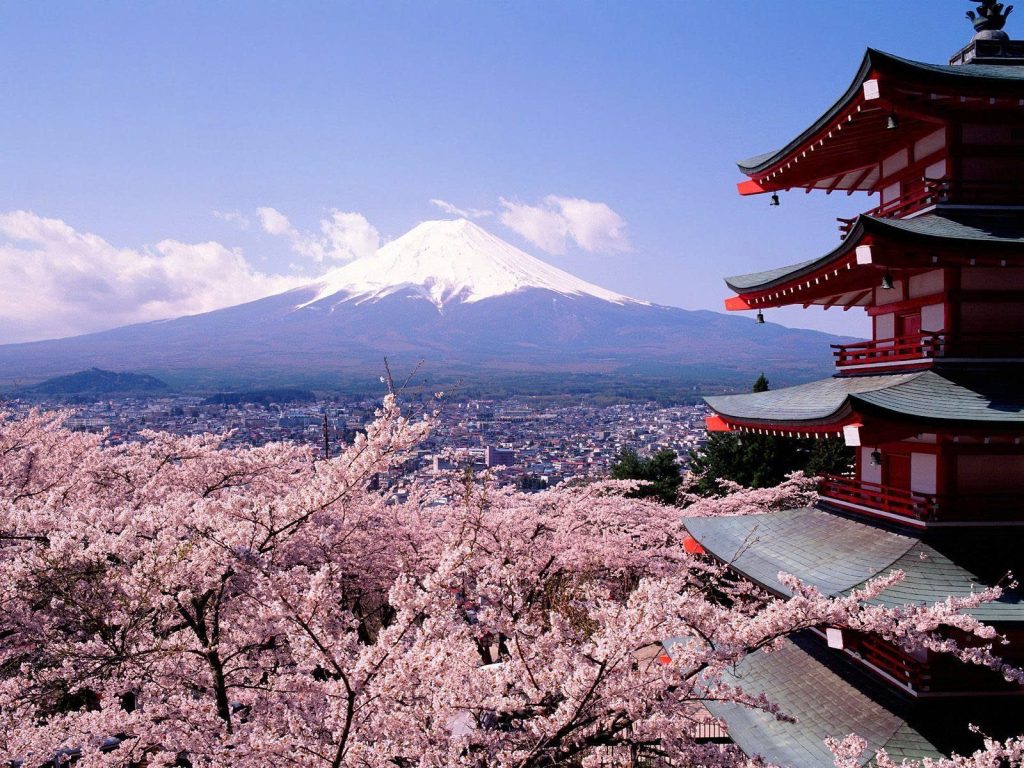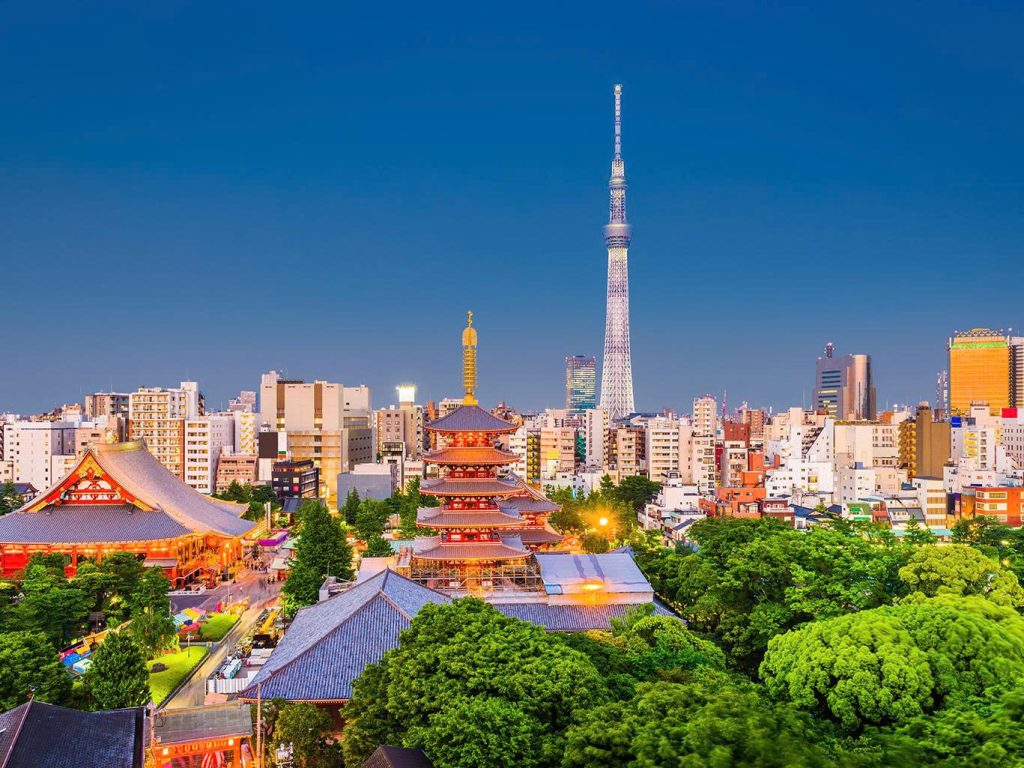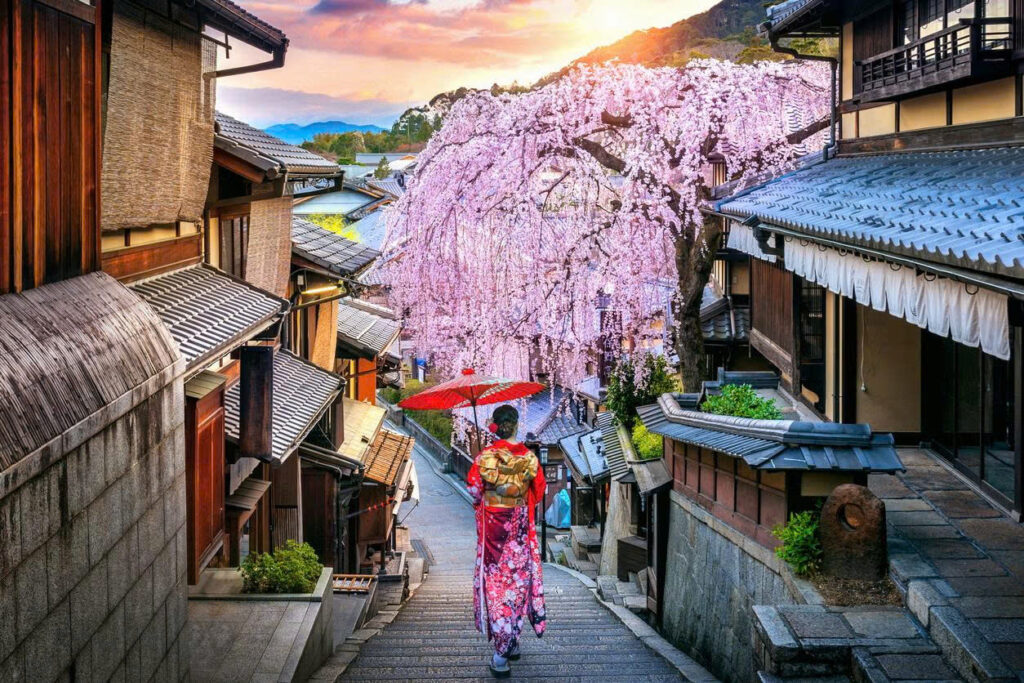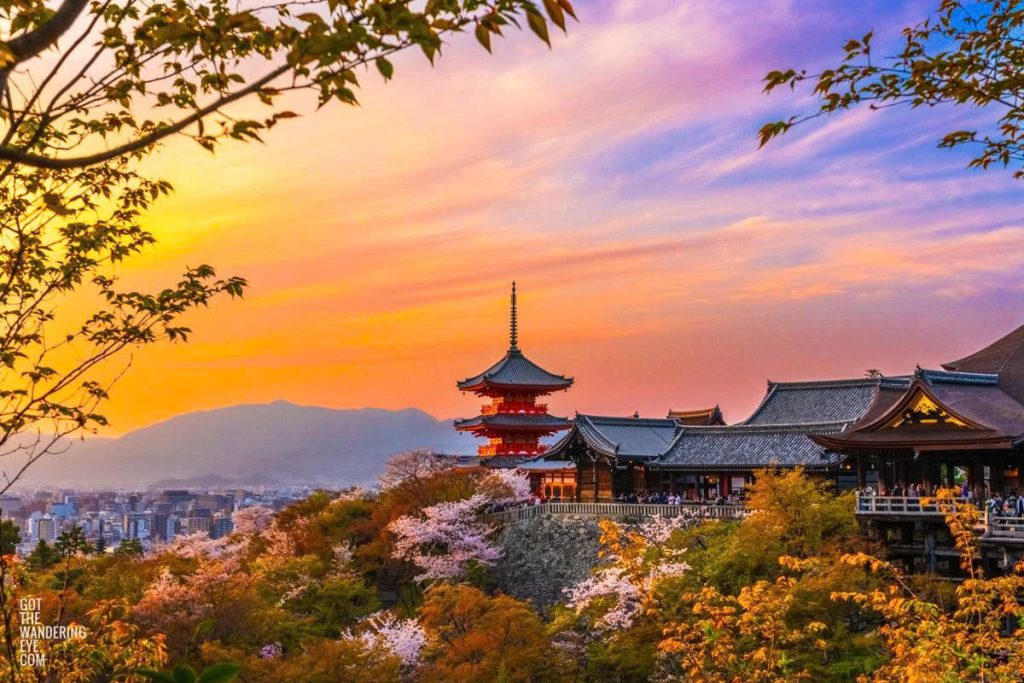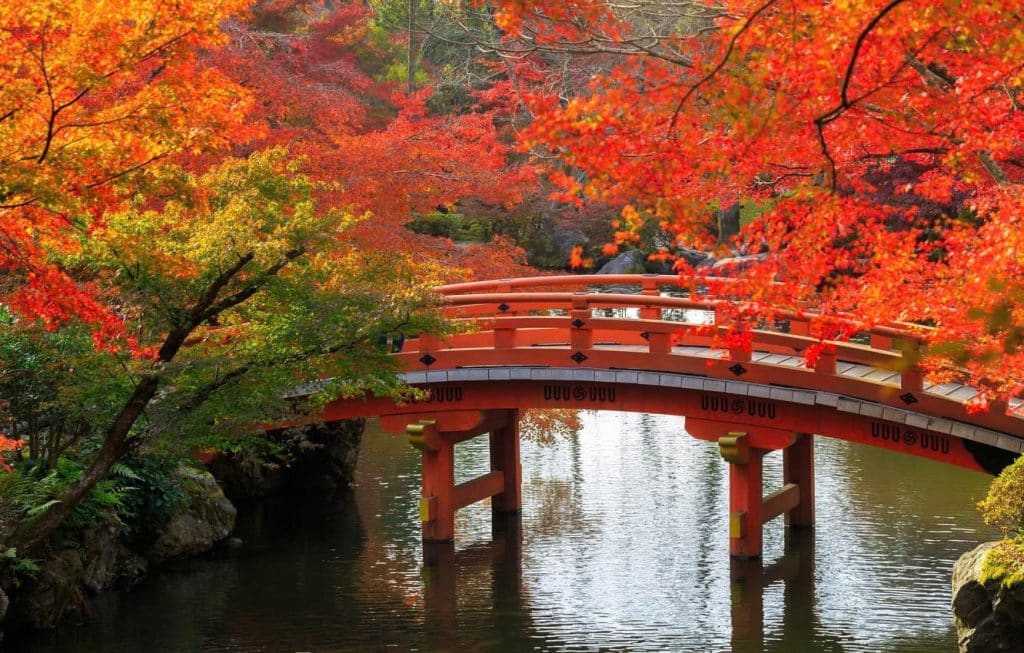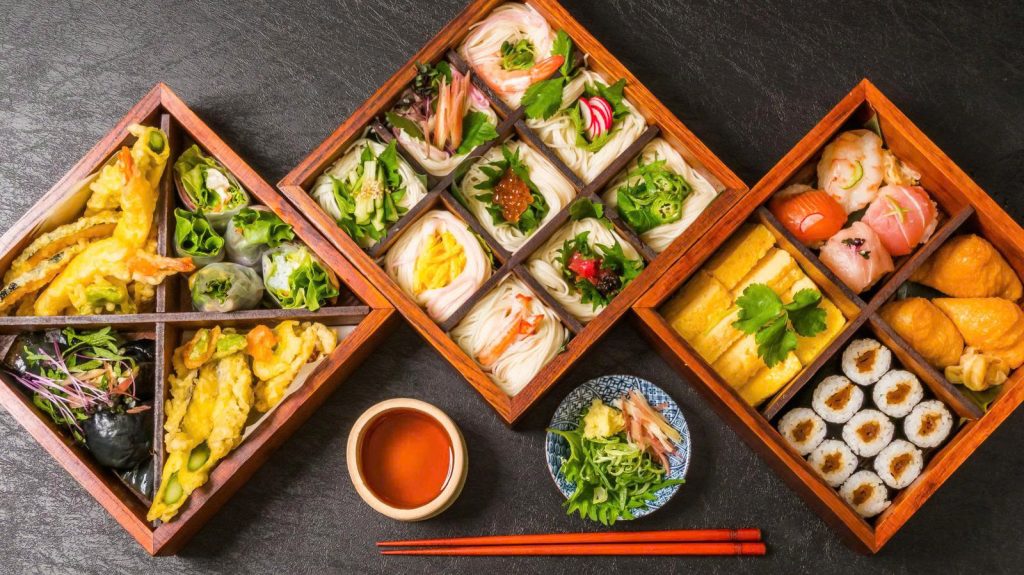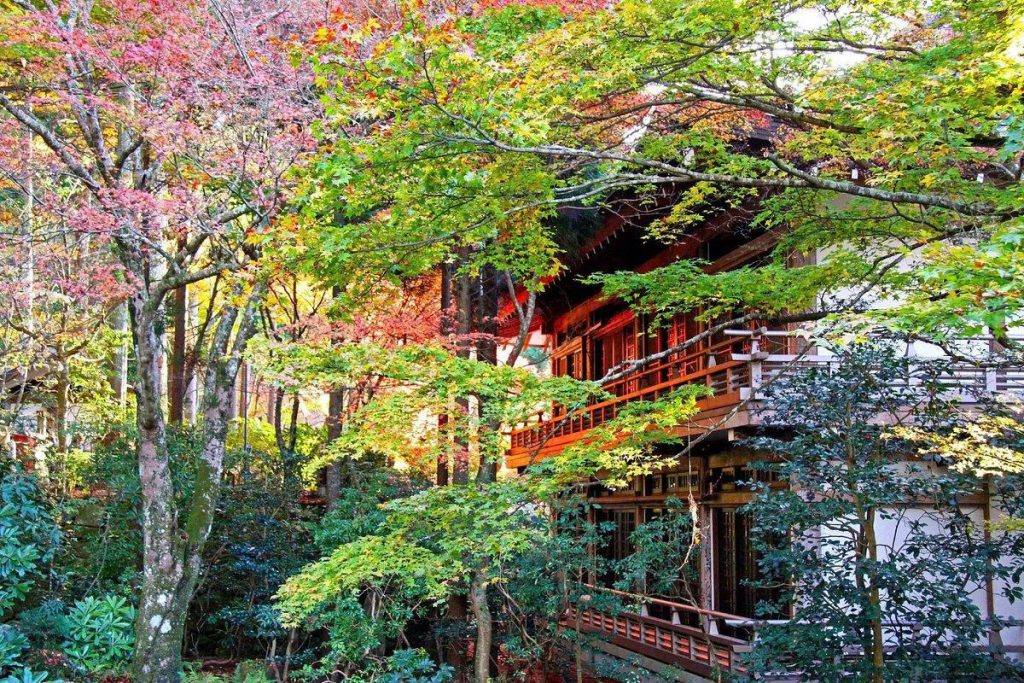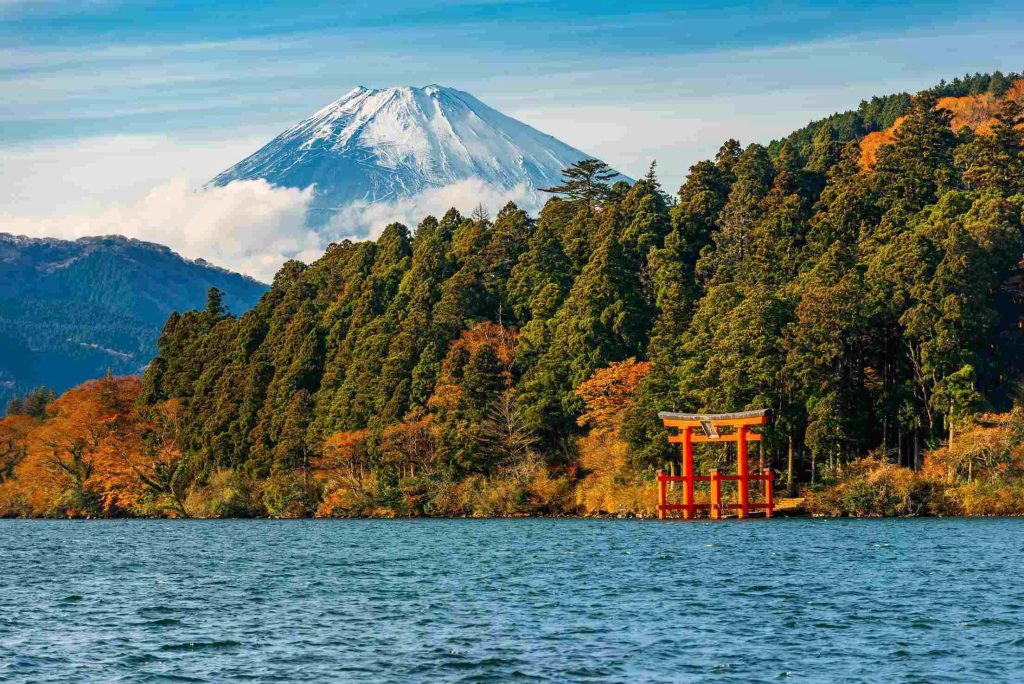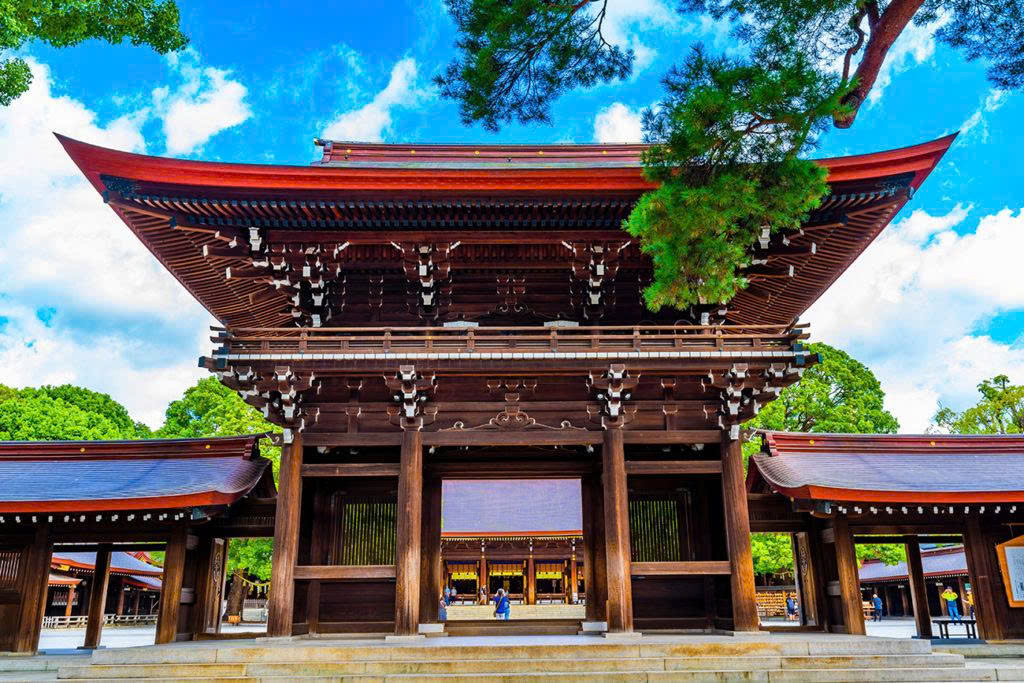Welcome to Japan, a nation where ancient tradition not only coexists with but often informs futuristic innovation. Visiting Japan is a profound journey into a culture defined by harmony (Wa), deep respect, and meticulous attention to detail. This isn’t just another travel destination; it’s a society that operates on an intricate, unspoken set of rules.
Navigating Japanese society—from the simplest transaction in a convenience store (Konbini) to the rituals of a sacred Shinto Shrine—requires an understanding of Japanese etiquette that goes far beyond simple politeness. Missteps are usually forgiven, but demonstrating effort and respect is the highest compliment you can pay the Japanese people.
1. Understanding the Philosophical Foundation
To master the practical applications of Japanese etiquette, one must first grasp the core philosophical concepts that govern social behavior. These values dictate everything from workplace dynamics to public interactions and are rooted deeply in the country’s history.
Core Japanese Values and Concepts Governing Society
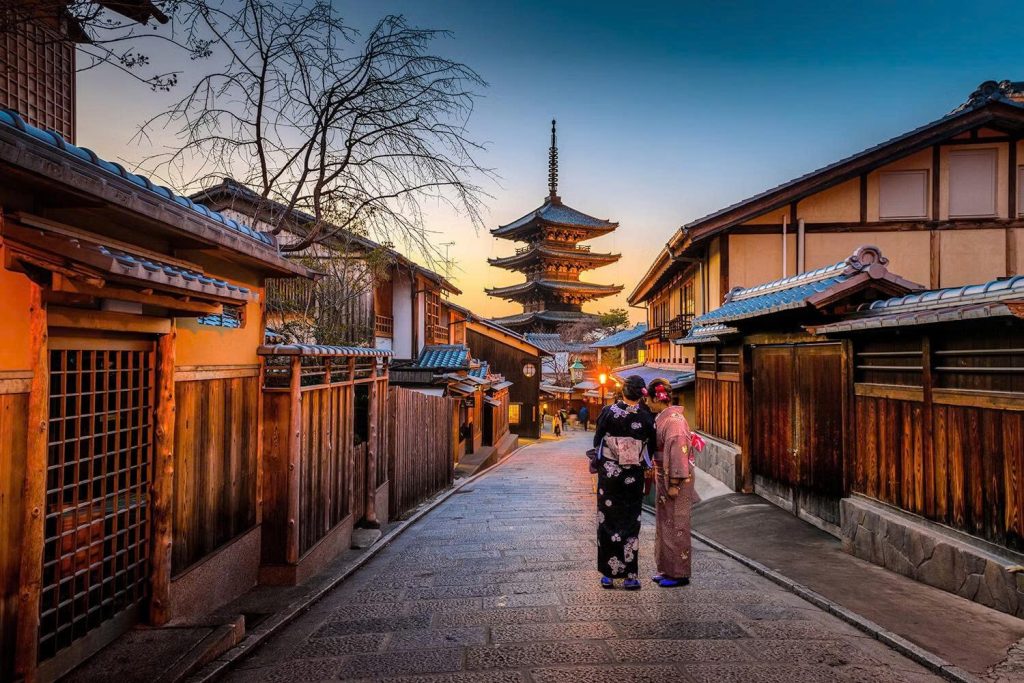
The bedrock of Japanese culture is built on several key principles that prioritize the cohesion and function of the group over the desires of the individual.
Wa (Harmony) and the Group Mentality: The Ultimate Goal
Wa (和) is the concept of harmony and peaceful unity within a social group. It is arguably the most crucial principle in Japanese society, dictating that individuals must avoid confrontation, maintain social balance, and prioritize the needs of the group (the family, the company, the community, or society at large) over personal wants. The pursuit of Wa is why efficiency and quiet respect are paramount in public spaces.
- Practical Example: Tourists demonstrate Wa by speaking softly in public spaces, avoiding loud phone calls on trains, and respecting the meticulous order of queues. Any behavior that disrupts the tranquility of others is a violation of Wa.
Honne and Tatemae: The Social Facade
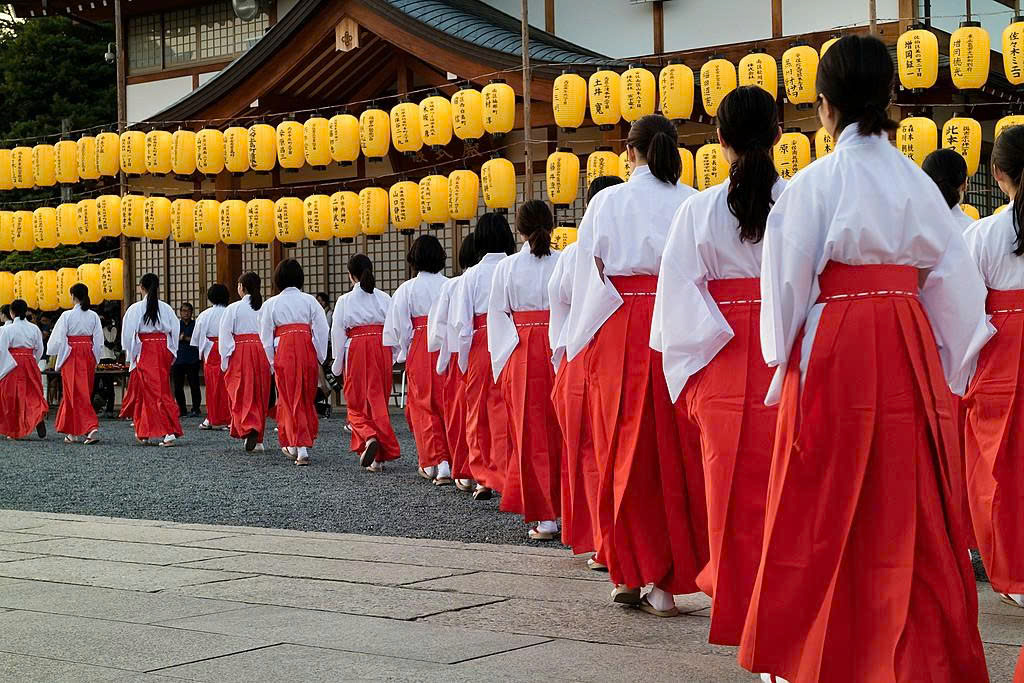
This duality is central to understanding subtle Japanese communication and how conflict is avoided.
- Tatemae (建前 – Facade): This is the official, public behavior expected by society; what one says or does publicly to maintain Wa. It is often based on duty and social position.
- Honne (本音 – True Sound): A person’s true feelings, personal desires, and unfiltered opinions, which are almost always kept private or shared only with the closest confidants (family, lifelong friends).
- Expert Insight: Understanding this distinction is key to interpreting social cues. A Japanese person saying “That may be difficult” (muzukashii desu) is often a polite form of refusal, demonstrating Tatemae to avoid the disharmony of a direct “No.”
Giri (Obligation) and On (Debt of Gratitude)
These concepts structure social relationships and responsibilities.
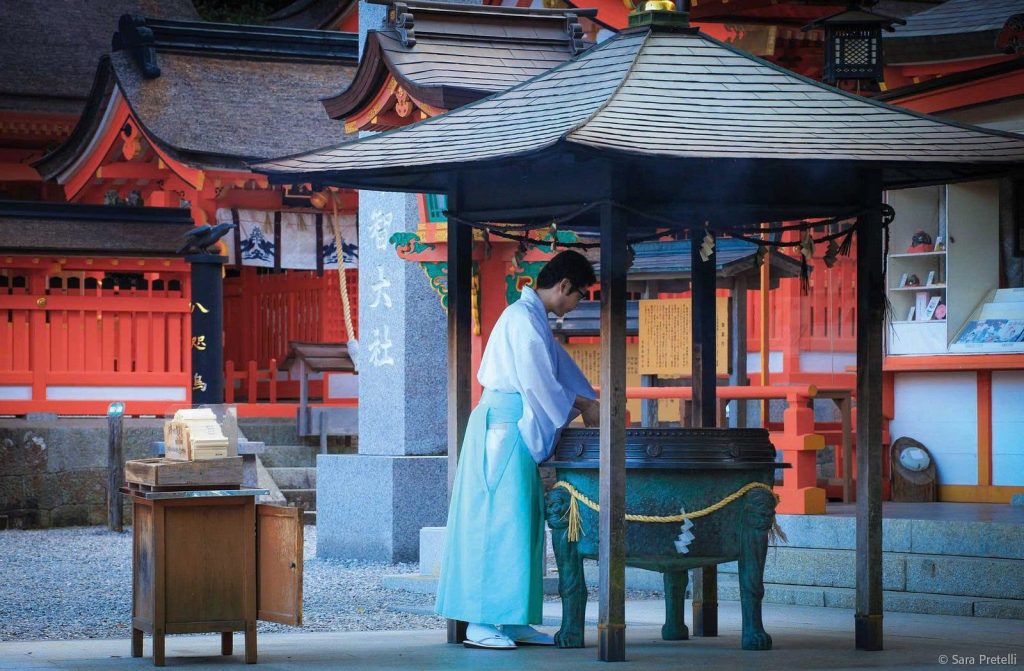
- Giri (義理 – Duty/Obligation): The moral duty to reciprocate kindness or favor, maintaining one’s honor and standing within a social network.
- On (恩 – Debt): A deep, psychological debt of gratitude one feels towards someone who has done them a significant favor (e.g., a teacher, a superior, or a family elder).
- Tourist Relevance: While tourists are exempt from deep Giri, showing genuine gratitude and respect to hosts or guides is essential, as the service you receive is often offered out of a strong sense of Omotenashi.
Mottainai and the Culture of Respect
Mottainai (もったいない) expresses a feeling of regret over waste or loss. It is a philosophy intertwined with environmentalism, conservation, and deep gratitude for resources, time, and effort.
- Manifestations: This concept explains Japan’s exceptionally low food waste, its meticulous attention to packaging and presentation (honoring the effort put into the product), and its highly developed culture of recycling and reuse. It emphasizes that all things, from resources to time, must be respected and fully utilized.
2. Essential Cultural Etiquette for Travelers
Mastering practical etiquette is the single most important element of a successful trip to Japan. These rules are your passport to seamless, respectful, and rewarding travel, showing that you value the host culture.
Greetings, Public Conduct, and the Non-Tipping Rule
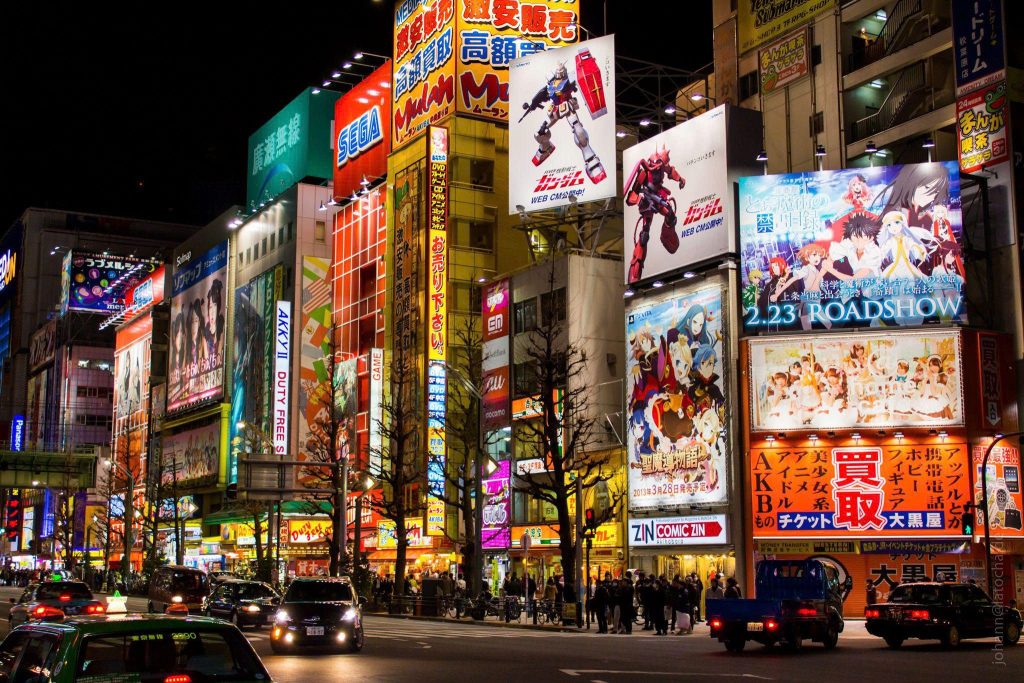
These are the rules governing your first impressions and daily public interactions, from the street to the train station.
The Art of Bowing (O-jigi) and Verbal Greetings
Bowing (O-jigi) is the primary form of greeting, apology, and thanks. As a foreign visitor, you are not expected to master the deep, precise bows of business professionals, but a slight gesture shows respect.
- The Casual Nod (Eshaku): A simple head nod (approx. 15 degrees) is acceptable for casual greetings (e.g., shop clerks, passing acquaintances).
- The Standard Bow (Keirei): A short, respectful bow (approx. 30 degrees) is appropriate when meeting someone formally, thanking a server, or addressing a hotel desk clerk.
- Verbal Essentials: Always accompany your nod or bow with a verbal greeting. Essential phrases include “Ohayō gozaimasu” (Good morning), “Konnichiwa” (Good day), and “Sumimasen” (Excuse me/I’m sorry/Thank you—highly versatile).
The Strict No Tipping Culture

This is a key cultural difference: Tipping is not customary in Japan, and is often considered rude or confusing.
- Why it’s Rude: Tipping implies that the service worker’s standard wage is insufficient or that the customer is performing an act of charity, potentially insulting their professional pride (Giri).
- Expert Warning: If you attempt to leave cash, the server will almost certainly chase after you to return it, believing you forgot it. Do not insist. Instead, a simple verbal “Arigatō gozaimasu” (Thank you very much) is the best expression of appreciation.
RELATED: Top 15 Japanese Foods You Must Try: From Sushi to Ramen
Navigating Public Transport (The Silence Rule)

The efficiency of Japanese public transport is maintained by strict social contracts.
- Silence is Law: Silence is paramount on public transport, particularly the Shinkansen and commuter trains. Avoid all phone calls; if you must speak, do so in a low whisper. Set your phone to silent mode.
- Queuing: Always form neat, orderly queues for trains and buses, often marked clearly on the platform floor. Pushing, cutting in line, or standing in the doorways is highly disruptive to Wa.
- Escalators: The custom varies by city: In Tokyo, stand on the left; in Osaka, stand on the right. Simply follow what the locals are doing.
Dining and Food Etiquette (Tabemono)
Washoku (Japanese cuisine) is a UNESCO Intangible Cultural Heritage. Observing its etiquette is a deep show of respect for the food, the chef, and your dining companions.
Chopsticks Rules and Taboos
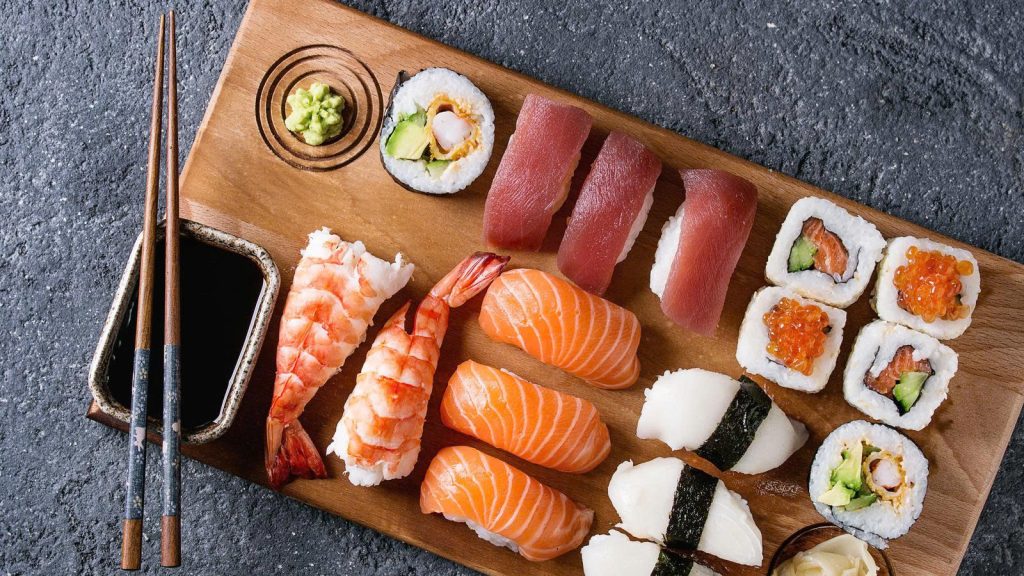
Mastering basic chopsticks use is essential:
- Never Stick Them Upright: Never stick them vertically into your rice bowl; this is a highly symbolic act reserved for funeral rituals.
- Avoid Passing Food: Never use your chopsticks to pass food directly to another person’s chopsticks (another funeral ritual taboo).
- Pointing: Never point at people or objects with your chopsticks.
- Resting: When not in use, place them horizontally on the provided chopstick rest (hashioki).
Slurping and Drinking Etiquette

- Slurping: When eating ramen, soba, or udon, slurping is encouraged and expected. It shows enjoyment and helps cool the hot noodles.
- Soy Sauce: Do not pour excessive soy sauce onto your rice. When eating sushi, only dip the fish portion (not the rice) into the soy sauce, and only use a small amount.
- Drinking in Groups: In social drinking settings (like an Izakaya), never pour your own drink. It is a sign of communal friendship to pour for others, and they will pour yours. Always wait for everyone to be served before raising your glass and saying “Kanpai!” (Cheers).
Payment at Restaurants
In almost all traditional and high-end restaurants, payment is made at the cash register near the entrance (or near the Genkan), not at your table. Look for the register on the way out.
3. Key Cultural Experiences and Tradition Rules
To truly experience Japan, you must participate in traditions, and that participation requires specific knowledge of ritual and custom.
Temples, Shrines, and Spiritual Life
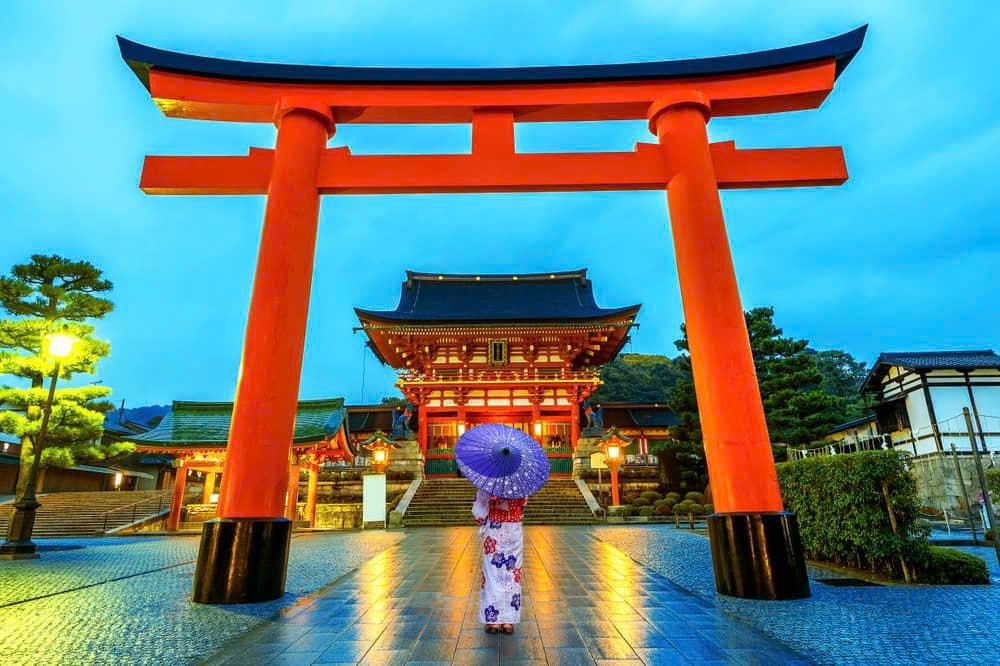
Japan’s spiritual landscape is dominated by two main traditions: Shinto (the indigenous religion) and Buddhism. Recognizing the differences is key to respectful visits.
Shinto Shrine Etiquette (Jinja)
Shinto is Japan’s indigenous, animistic religion, focused on the worship of Kami (gods/spirits) and reverence for nature.
- Torii Gates: The Torii gate (the iconic entrance) marks the boundary between the mundane and the sacred. Bow slightly before passing through, and avoid walking down the exact center of the path (which is reserved for the Kami).
- Purification Fountain (Temizuya): This ritual cleansing is mandatory before approaching the main shrine building. Use the ladle to wash your left hand, then your right hand, pour water into your cupped left hand to rinse your mouth (do not drink directly from the ladle), and finally, pour water over the ladle handle before returning it.
- The Offering Ritual: Ring the bell (to summon the Kami), bow twice, clap twice (to get the Kami’s attention), make a wish or a prayer, and bow once more.
Buddhist Temple Etiquette (Tera)
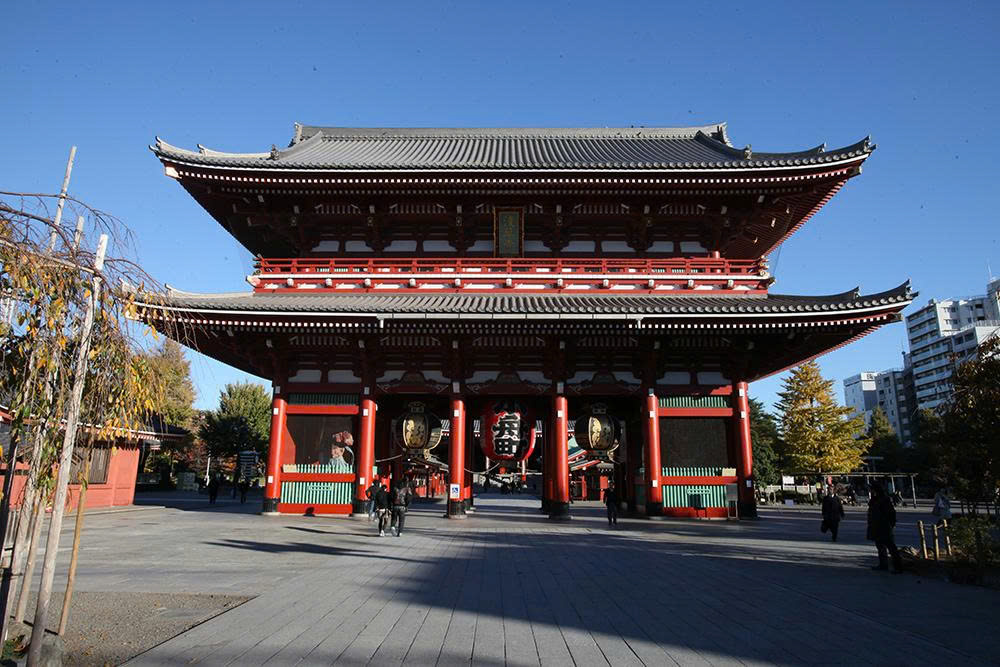
Buddhist temples often feature grand halls, elaborate statues of Buddha, and distinctive cemetery grounds.
- Incense: You may often find a large incense burner. Buy a stick, light it, and wave the smoke towards your body—a traditional act for purification and good health.
- Entering the Hall: Always step over the wooden threshold rather than on it. Offer a small coin and briefly bow before saying a silent prayer.
- Grave Sites: Be respectful and quiet. Never take photos of grave sites unless specifically permitted.
Traditional Accommodation and Public Bathing
Staying in a traditional Ryokan or visiting an Onsen is the ultimate immersive experience, but it comes with the strictest rules of etiquette.
Onsen and Sento Rules (Public Bathing)

Onsen (natural hot springs) and Sento (public bathhouses) are essential for wellness and social life.
- Nudity is Absolute: All public baths are strictly single-sex and require complete nudity. Swimsuits are not permitted in the communal hot baths.
- Washing is Mandatory: You must thoroughly wash and rinse your body before entering the main bath water. Use the small stools, buckets, and showers provided. This is not optional; it is the most sacred rule.
- Towels: Do not let your large bath towel touch the bath water. You may bring a small hand towel to carry or fold and place on your head.
- Tattoos: The rule is historical (due to associations with the Yakuza). While many modern, tourist-focused Onsen are relaxing the rule, if you have large, visible tattoos, you must inquire beforehand or be prepared to book a private bath (Kashikiri).
Ryokan and Tatami Mat Etiquette
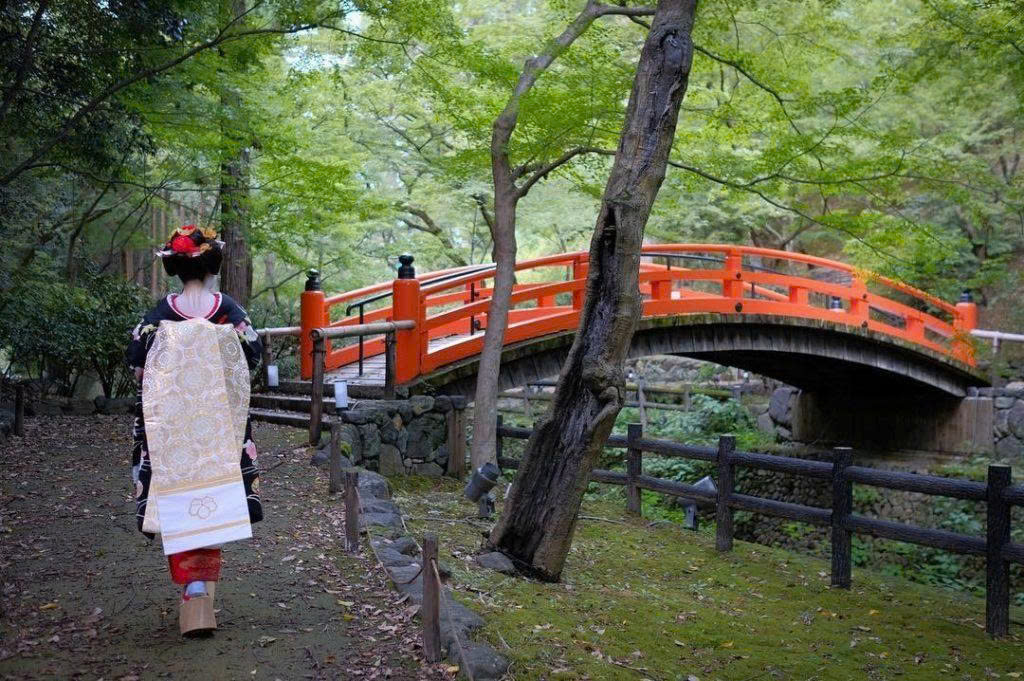
- Removing Shoes (Genkan): You must remove your outdoor shoes immediately upon entering the Genkan (foyer) of a Ryokan or a traditional home and wear the provided slippers.
- Tatami Mats: Never step on the delicate Tatami mats (woven straw flooring) with your slippers. Remove slippers before stepping onto the mat, walking only in socks or bare feet.
- Toilets: In a Ryokan, separate plastic slippers are provided just for the toilet room. Remove your hallway slippers, put on the toilet slippers, and crucially, remember to take them off when leaving the room.
4. Japanese Society, Modern Life, and Logistics
Understanding how daily life is structured and managing the logistics of a technologically advanced yet culturally reserved society is vital for a smooth trip.
Safety, Convenience, and Social Trust
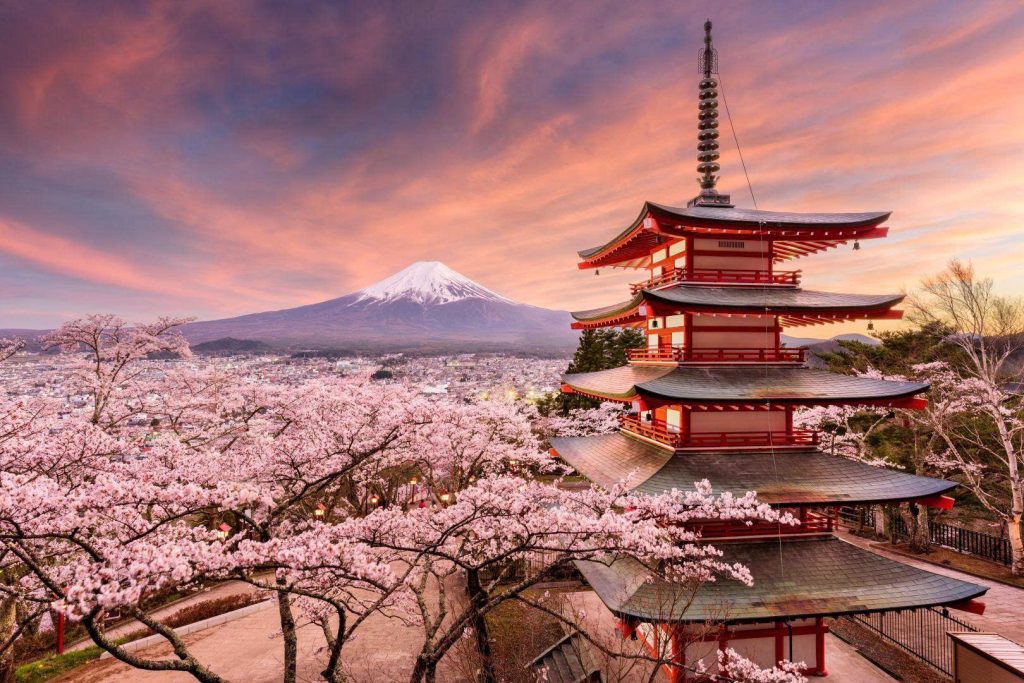
Japan’s reputation for safety and convenience is well-earned, but it relies on an underlying social contract.
Safety and Trust
- Low Crime: Japan has an extremely low crime rate. It is common for people to leave personal belongings unattended at a table to reserve a seat, and lost items are almost always returned to a police box (Koban).
- Honesty: This high level of trust means you should never attempt to argue or cheat on fares, or loudly challenge authority (like a train conductor or police officer). Resolve issues calmly and with the utmost politeness.
The Konbini and Vending Machines
Konbini (convenience stores like 7-Eleven, Lawson, FamilyMart) are the lifeline of modern Japanese tourism. They are reliable sources for:
- ATMs: Many stores offer international ATMs (which are rare in other places).
- Food: Quick, high-quality, inexpensive meals (onigiri, ramen).
- Tickets: Payment for pre-booked tickets (e.g., Ghibli Museum).
- Tip: The clerk will heat your food, give you a napkin, and ask if you need chopsticks—all part of the high level of service.
Garbage, Recycling, and Practicalities
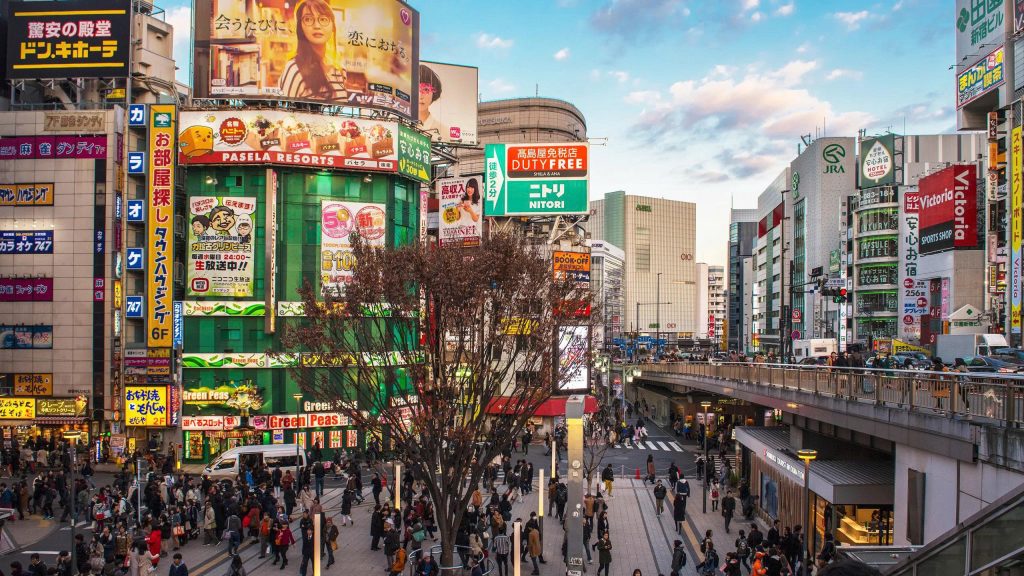
- Lack of Public Bins: You will notice a striking lack of public trash cans (they were mostly removed after the 1995 Tokyo subway sarin attack). Be prepared to carry your own trash until you return to your hotel or find a bin at a Konbini or train station.
- Luggage Shipping (Takkyubin): Utilizing the efficient Takkyubin (luggage delivery) service to ship large suitcases between cities (e.g., from Tokyo hotel to Kyoto hotel) is highly recommended. It frees you from hauling luggage on crowded trains, making your Shinkansen travel far smoother and more respectful of fellow passengers.
The Duality of Traditional and Pop Culture
Japan’s rich cultural tapestry includes both ancient arts and modern phenomena—and both should be explored.
Traditional Arts and Aesthetics (Wabi-sabi)
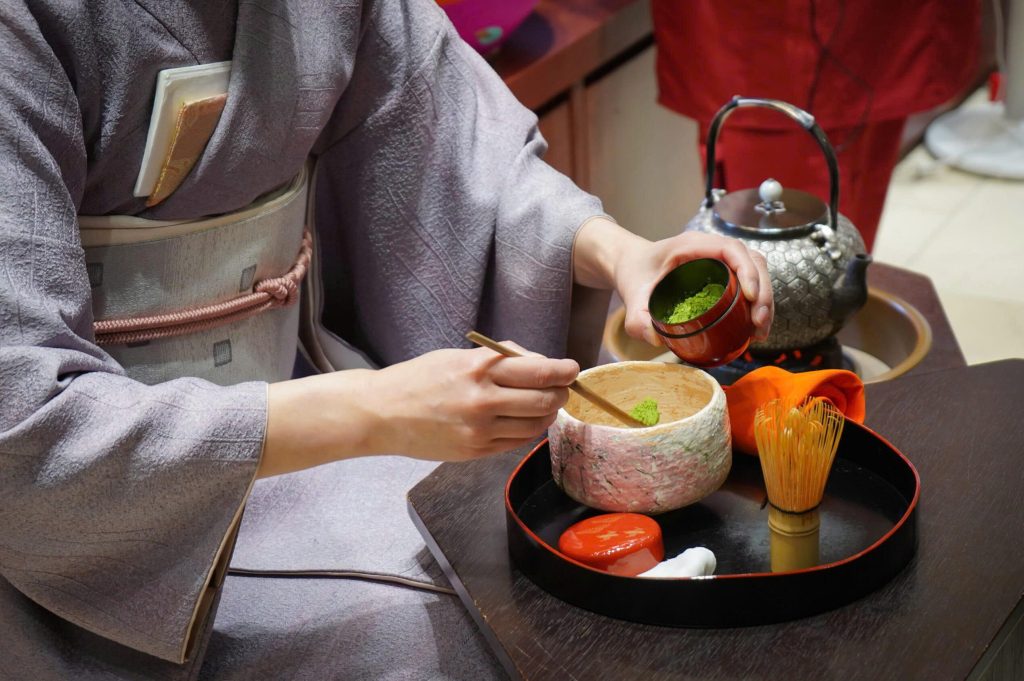
Wabi-sabi (侘び寂び) is a defining aesthetic principle—the appreciation of beauty in imperfection, transience, and the natural cycle of life and decay. This is seen in:
- Tea Ceremony (Chadō): The focus is on the simple, imperfect bowls and the quiet ritual.
- Ikebana (Flower Arranging): Emphasis on space and asymmetry, not just the flowers themselves.
- Architecture: Use of natural, unpolished materials like wood and bamboo.
Manga, Anime, and Gaming Culture
Japan is the global epicenter for Manga (comics) and Anime (animation).
- Akihabara (Tokyo): This district is the pilgrimage site for fans, showcasing the vibrant, often chaotic, side of Japanese pop culture, with towering arcades, themed cafes, and electronics.
- Cosplay: Embrace the passion. If you see someone in elaborate Cosplay (costume play), ask respectfully before taking a photo.
RELATED: Best Places to Visit in Japan for an Unforgettable Trip
5. Practical Preparation and Essential Japanese Phrases
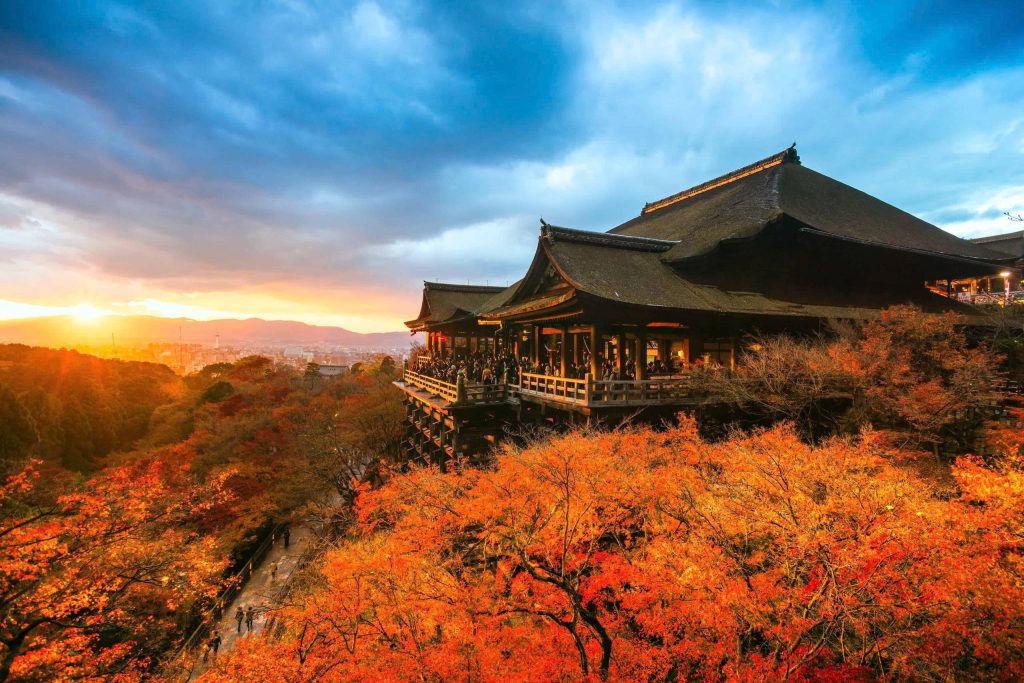
Your final checklist for cultural preparedness, ensuring you are ready to communicate and navigate daily challenges.
Money, Mobile, and Communication
Cash vs. Card
While major cities are increasingly cashless, Japan remains a cash-heavy society. Always carry enough yen for small shops, temple entrance fees, and traditional restaurants. ATMs that accept foreign cards are reliably found at post offices and in Konbini.
Connectivity (Pocket WiFi/SIM)

Reliable connectivity is essential for navigation (Google Maps, translation apps). Renting a Pocket WiFi device or purchasing a data-only SIM card upon arrival is highly recommended, as public WiFi is often unreliable.
Essential Survival Japanese
Knowing just a few key phrases will greatly enhance your interactions:
| Phrase | Pronunciation | Meaning | Context |
| Arigatou Gozaimasu | ah-ree-gah-toh goh-zah-ee-mahs | Thank you very much | Standard polite thank you. |
| Sumimasen | soo-mee-mah-sen | Excuse me / I’m sorry | Use to get attention, apologize, or say “Excuse me.” |
| Konnichiwa | kohn-nee-chee-wah | Good afternoon/day | Standard daytime greeting. |
| Onegai Shimasu | oh-neh-gah-ee shee-mahs | Please (when requesting) | Use when ordering food or asking for something. |
| Gomennasai | go-men-nah-sai | I’m sorry (for mistakes) | Use for a deep apology. |
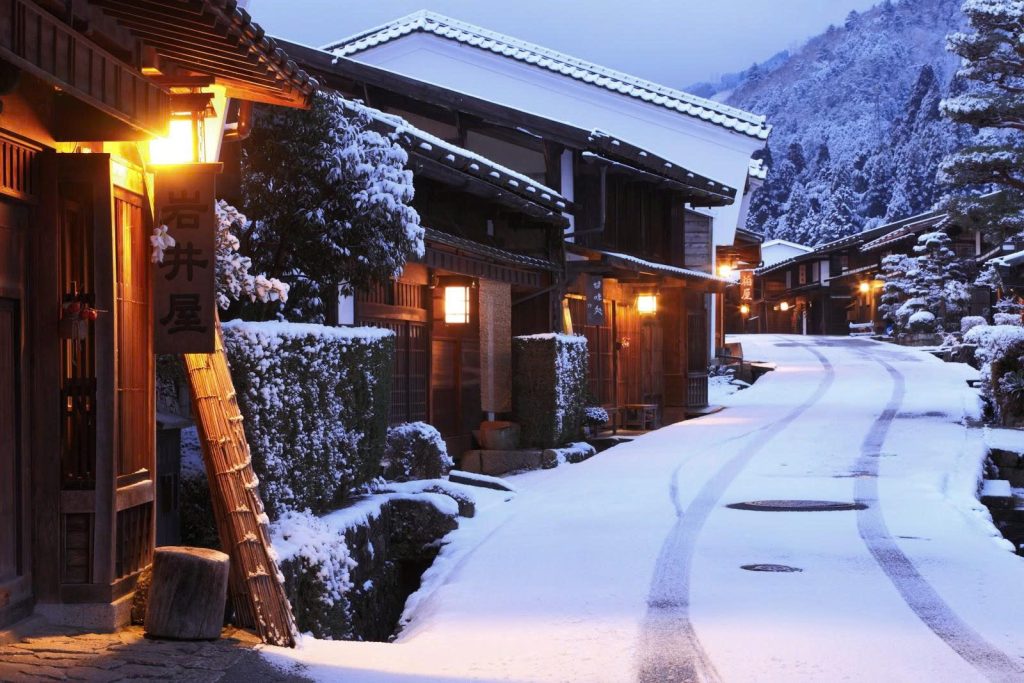
The journey into Japan culture is more than a trip; it is an education in respect, restraint, and profound appreciation for beauty and order. The culture asks only for your mindfulness and your willingness to adapt.
By prioritizing the core values of Wa (harmony) and demonstrating your awareness of etiquette—from mastering the proper bow to confidently navigating the strict rules of the Onsen—you confirm you are not just a tourist, but an honored guest.
RELATED: Best Time to Travel to Japan: A Seasonal Guide
The extensive planning and practical advice in this article ensure a seamless, respectful journey. Leave the hesitation behind; the quiet splendor of a Kyoto Zen garden, the electric pulse of Tokyo, and the genuine kindness of the Japanese people are your reward. Go prepared, go smart, and step into this incredible culture with confidence. Domo Arigatou Gozaimasu for preparing to make your adventure unforgettable!

